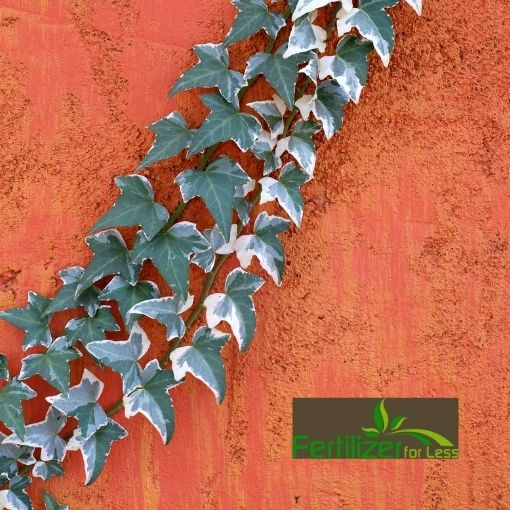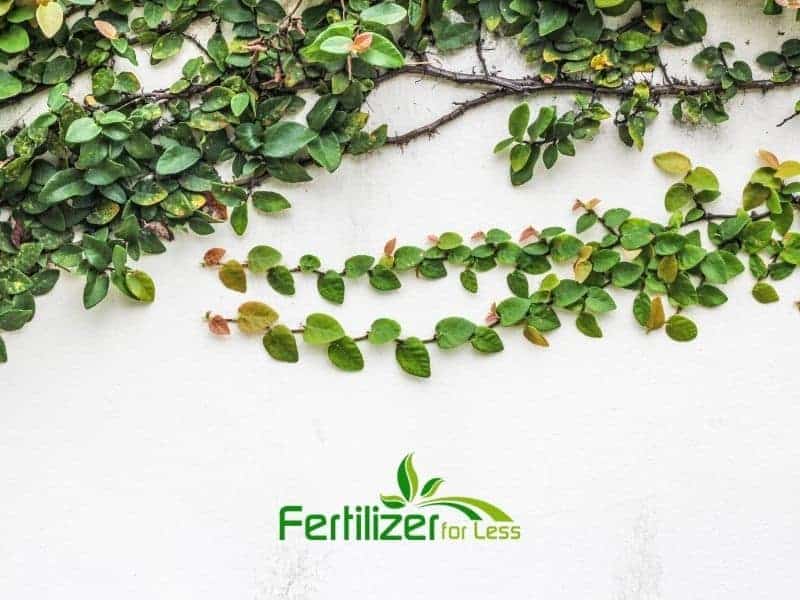Growing climbing plants over your property is one of the best natural ways to improve your home’s look!
Depending upon which climbing plant you use, the process can help your home look more romantic, brighter, or even produce fruit. This guide is here to help you learn all you need to know to start growing beautiful climbing plants on your property.

How to Choose the Right Climbing Plants
The first step to growing climbing plants over your property is to choose which plants you will be using. You will need to consider many factors when you are finding which climbing plant is right for you. First and foremost, let’s take a look at different kinds of climbing plants to help you choose the best fit for your property.

Consider Climbing Habit
There are two main types of climbing plants, these are self-clinging and twinning plants. Self-clinging plants, like Ivy, Campsis, or Hydrangea Petiolaris are easier to grow, as they naturally adhere to a surface using aerial roots or adhesive pads.
Twinning climbers like Jasmine, wisteria, and honeysuckle grow by wrapping themselves around wires, pikes, or trellis. Twinning plants will require more upfront work as you will have to build a structure to support their growth.

Think About Your Growing Conditions
Before deciding which climbing plant you are going to be growing, you will need to consider its growing demands, specifically, the amount of sunlight it requires. You should consider where you are planning on planting and what aspect this surface has. The direction that a surface faces will determine how much sunlight your climbing plant will receive and how warm the temperature will be.
North–facing walls tend to receive the least amount of sun and warmth, making them the least ideal spot for most climbing plants unless they can thrive in the shade. East facing walls can be difficult as the morning sunlight can cause plants to quickly rise in temperature, causing damage. West and south-facing walls are ideal for the less hardy plant as they retain heat throughout the night.

Remember Size and Strength
You must remember to consider the size and the hardiness of the climbing plant you are going to be using. Growing a climbing plant that has a height and spread that is much larger than your property can cause issues with other plants and properties in the surrounding area. Therefore, you should try to choose a climbing plant that suits the size of your property to ensure you can get the desired look without risking spread onto your neighbor’s property.

Be Wary of Potential Property Damage
When a climbing plant has a very thick trunk that is very close to the wall, this can cause issues, as the roots dig into the structure of the property, causing settlement or undermining the foundations. In addition, a climbing plant mustn’t grow onto the roof. This can dislodge tiles,
causing holes and cracked timber, which, as any roofing company will tell you, can be very costly.

Think of Aesthetics
The climbing plant that you choose will eventually define the external look of your property. Therefore, it is also important that you choose a plant that you find beautiful to continue to enjoy the growth over time. Use trellises or proper lattice panels to protect your home’s structure while adding curb appeal and much needed shade on a hot summer’s day.


